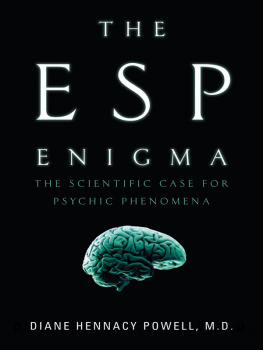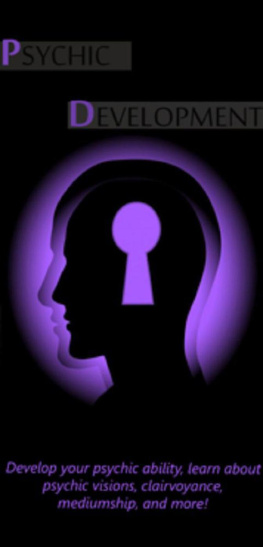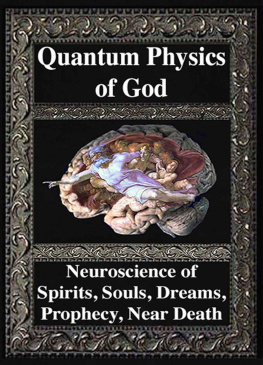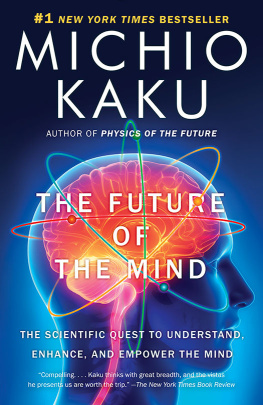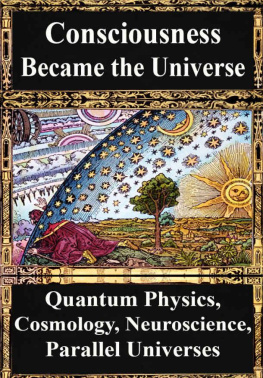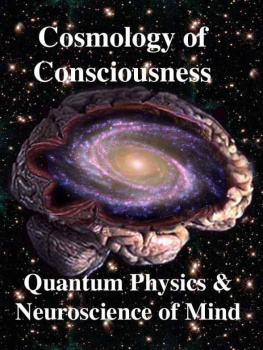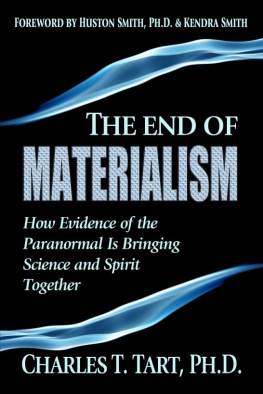Diane Hennacy Powell, M.D.
Copyright 2009 by Diane Hennacy Powell, M.D.
All rights reserved. No part of this book may be used or reproduced in any manner whatsoever without written permission from the publisher except in the case of brief quotations embodied in critical articles or reviews. For information address Walker & Company, 175 Fifth Avenue, New York, New York 10010.
Published by Walker Publishing Company, Inc., New York
ART CREDITS
1. Used by permission of Russell Dewey, Ph.D. 2. Diagram by Diane Hennacy Powell, M.D. 3. Diagram by Diane Hennacy Powell, M.D. 4. Reprinted with permission by ACSM/CaGIS from Interrupting the World by Richard E. Dahlbert in Matching the Map Projection to the Need, figure 2-4. 5. Photograph by Daniel Fennel, M.D. 6. Photograph by Daniel Fennel, M.D. 7. Andrew McClenaghan/Science Photo Library.
All papers used by Walker & Company are natural, recyclable products made from wood grown in well-managed forests. The manufacturing processes conform to the environmental regulations of the country of origin.
LIBRARY OF CONGRESS CATALOGING-IN-PUBLICATION DATA
Powell, Diane Hennacy.
The ESP enigma : the scientific case for psychic phenomena / Diane Hennacy Powell.
p. cm.
Includes bibliographical references and index.
eISBN: 978-0-802-71985-0
1. Consciousness. 2. Parapsychology. I. Title.
BF311.P67 2009
133.8dc22
2008018533
Visit Walker & Companys Web site at www.walkerbooks.com
First U.S. edition 2009
1 3 5 7 9 10 8 6 4 2
Typeset by Westchester Book Group
Printed in the United States of America by Quebecor World Fairfield
W HETHER WE CONSIDER ourselves believers in psychic phenomena or not, many of us have had something happen to make us wonder about the subject. It could have been someone telling us that she was just thinking about us when we called, or vice versa. It might have been a gut feeling to drive a different route from our usual one, only to discover later that a large accident occurred on the road we didnt take. Such experiences may not happen often, but they can leave us with a profound feeling that we are interconnected, that we can know things without understanding how, and that there must be more to our universe than we detect through ordinary senses.
People have believed in psychic abilities since the beginning of recorded history. Certain individuals report more experiences with psychic phenomena than others. Since these experiences usually only occur spontaneously for most of us, many cultures developed divination aids in order to access psychic information more readily. The Dogon in West Africa toss cowrie shells into a basket and interpret the patterns. The Chinese devised the I Ching, and Egyptian priests slept in special temples in order to have prophetic dreams.
Perhaps the most famous divination practice was the Delphic oracle, who drew the rich and famous from all over the Greek world from the sixth century B.C. until the fourth century A.D. The Greek historian Herodotus claimed that the Delphic psychic spoke in a trance induced by natural gases that seeped through the rocks. This was discounted as a myth until 2001, when Jelle de Boer, a geologist at Wesleyan University in Middle-ton, Connecticut, analyzed the hydrocarbon gases emitted by the temples nearby spring. He reported in Geology that he found ethylene in sufficient concentrations to have created a narcotic effect that would have been experienced as a floating or disembodied euphoric state.
The most widespread form of divination is scrying, from the old word descry, which means to catch sight of and involves deep concentration on a smooth reflective surface until an image appears. Ancient Greeks looked for answers in spring waters; in ancient India, warriors peered into vessels filled with water to see if theyd return from battle;Tahitians poured water into a hole at crime scenes to scry the image of the culprits. The most famous tool for scrying has been the crystal ball, which became a tool of Gypsies, among others.
The Old Testament of the Judeo-Christian Bible contains numerous accounts of prophets, but Christianity forbade all forms of prophecy except for divine revelation and astrology. As Christianity spread, many forms of prophecy declined or went underground in Christian areas, lest the practitioners be accused of heresy or witchcraft. In the Middle Ages, popes still consulted astrologers to provide them with propitious dates for coronation, but after the Copernican revolution changed our understanding of planetary movements, the Catholic Church declared divine revelation to be the only acceptable form of prophecy.
Westerners growing disbelief in psychic abilities was influenced by the development of the scientific method. During the eighteenth-century Age of Enlightenment, the universe became increasingly viewed as a mechanistic system, accurately known only through observation, calculation, and reason. Anything associated with the supernatural or psychic phenomena lost credibility.
Skepticism about psychic phenomena was further fueled by scandals that linked claims of psychic abilities with con artists who preyed upon peoples vulnerabilities. Also, as the psychiatric profession arose, reports of psychic experiences were often accompanied by signs of irrational thinking and became interpreted as signs of brain pathology, rather than innate gifts or capacities.
Added to this was the belief that the mind exists solely within the brain. This is an idea that has grown since Franois de La Peyronie, an eighteenth-century French surgeon, observed changes in human behavior that accompanied specific brain injuries. The scientific model of the brain and consciousness that evolved in this historical context did not have to account for psychic phenomena.
The scientific model is based on these facts: The brain is a biological machine with over a hundred billion neurons, or brain cells, each of which has an average of five thousand connections to other neurons. Electrical signals pass along the neurons, causing them to release chemical messengers, such as serotonin and dopamine, from their terminal ends. These messengers land on the receptors of neurons on the other side of the synapse, or region between neurons for chemical connection. Once neurons receive enough stimulation from their connecting neurons, they send signals along their axons to other neurons. There are almost an infinite number of possible patterns of activity along the neuronal network, and specific patterns are believed to represent concepts, thoughts, or memories. Francis Crick, the late codiscoverer of DNAs structure, summarized this model when he said, The astonishing hypothesis is that You, your joys and your sorrows, your memories and your ambitions, your sense of personal identity and free will, are in fact no more than the behavior of a vast assembly of nerve cells and their associated molecules.
Even though scientists, including Crick, admit that they do not know what consciousness is or how it is generated, proponents of the current model consider consciousness to be a byproduct of a brain that can access new information only by direct sensory input. The body has receptors for sound, taste, sight, touch, smell, and proprioception (detection of body movement and placement), but there is no hardware to access sensory information from distant points in space and time, let alone to send information directly from one brain to another. The current concept of consciousness cannot accommodate the existence of psychic abilities, and as rational beings, we are skeptical of that which cannot be explained scientifically.

